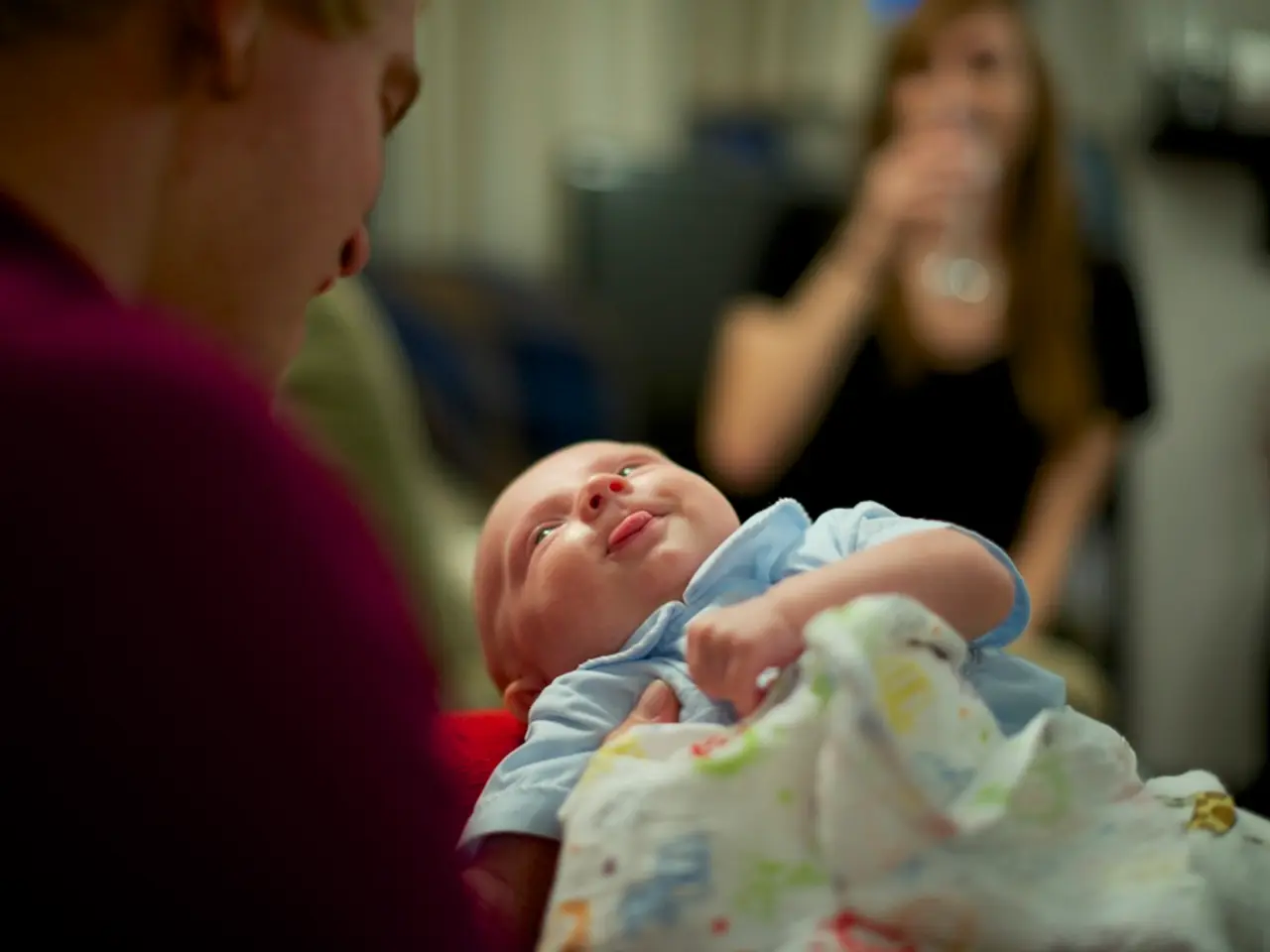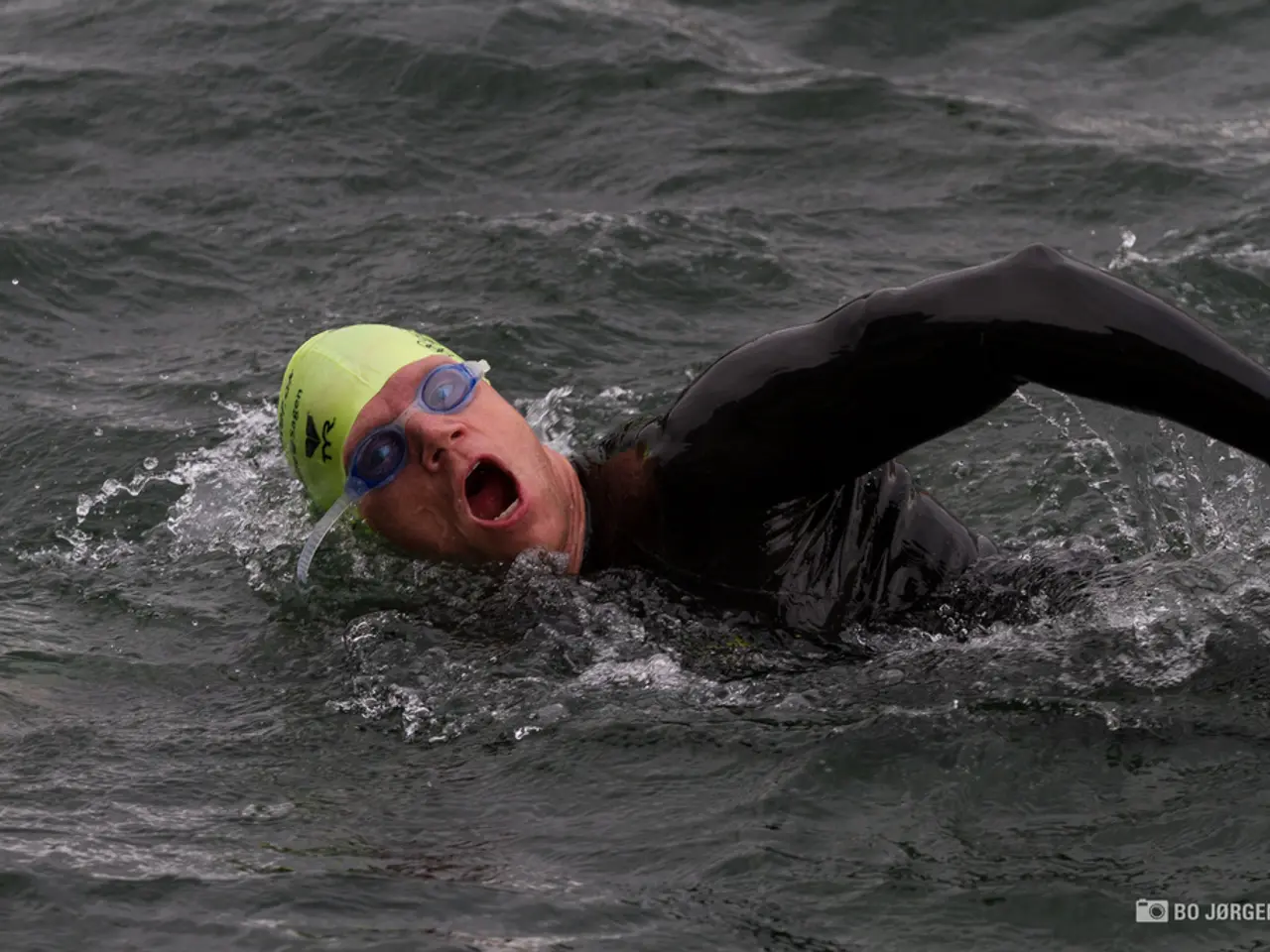Europe hunts for 'super sperm donor' amid persistent benefactors and delicate legislation
In the heart of Europe, Italy finds itself at the centre of a growing concern regarding unchecked sperm donation. The Italian Constitutional Court modified Law 40/2004 in 2014, allowing heterologous fertilization, but without implementing controls on imported gametes.
This lack of regulation has led to an increased risk of genetic overexposure. With no centralized database or international cooperation, the proliferation of so-called “super sperm donors” is possible. These donors, whose donations could result in unexpectedly large numbers of offspring dispersed internationally, raise concerns about inadvertent consanguinity and ethical issues.
Many European countries set legal or recommended limits on how many children can be conceived from one donor locally. For instance, Germany limits to 15 children per donor, and Switzerland to 8. However, these limits apply only within national borders, and without a shared database or registry, a donor whose sperm is used in multiple countries can surpass these limits easily.
Spain, for example, has implemented a detailed national donor registry system that tracks donations and birth outcomes to limit children born from a single donor. But similar systems are often country-specific and do not connect across Europe, preventing pan-European coordination.
Fertility tourism further complicates the issue, as patients traveling across borders to countries with different donor anonymity rules or higher donor availability make it difficult to monitor donors or recipients who might participate in multiple countries’ programs without cross-checking.
The result is a situation where the same donor’s sperm can be used in different countries unchecked, increasing the number of genetically related offspring across borders. This raises ethical, legal, and medical concerns, including genetic risks and challenges in family identity tracking.
Introducing a Europe-wide donor registry or data-sharing system could mitigate these risks by enabling consistent limits and preventing excessive proliferation of offspring from single donors. It would also help in tracking the increasing demand for male gametes (sperm) in Europe, particularly in Italy, where there is no national registry tracking sperm donations.
Italy imports most of its sperm from foreign banks, particularly Danish and Spanish ones. However, the maximum number of children conceived by the same donor in Italy is set at 10. This limit, while a step in the right direction, does little to address the issue of unchecked sperm donation across Europe.
Heterologous fertilization in Italy is not allowed for singles and same-sex couples, effectively excluding these groups from accessing donor sperm. This, combined with the lack of regulation, creates a complex and ethically questionable situation in Italy's reproductive medicine landscape.
Reproductive medicine has become a cornerstone of demographic and health policies in aging Europe. As more infertile couples, as well as single women and same-sex couples, seek assistance, the demand for male gametes is increasing. The absence of a coordinated European sperm donor registry, therefore, strains healthcare systems due to the increased number of offspring.
The issue of “super sperm donors” fuels the fear of unconscious consanguinity, which is the unintended breeding of close relatives. A donor who has reached the legal limit in his home country can father more children through Italian clinics, raising ethical questions, particularly regarding the potential for unconscious consanguinity.
In conclusion, the lack of a coordinated European sperm donor registry in Italy is a growing concern that needs immediate attention. The absence of regulation, combined with the increasing demand for male gametes, creates a complex and ethically questionable situation that needs to be addressed urgently to protect the health and well-being of future generations.
[1] European Society of Human Reproduction and Embryology. (2018). Sperm donor regulations vary widely across Europe. Retrieved from https://www.eshr.org/resources/news-and-views/sperm-donor-regulations-vary-widely-across-europe/
[2] European Sperm Bank. (2021). Spain’s National Sperm Donor Registry. Retrieved from https://www.europeanspermbank.com/blog/spains-national-sperm-donor-registry/
- The lack of a coordinated European sperm donor registry in Italy, as seen in the increasing demand for male gametes, necessitates immediate attention to ensure the health and well-being of future generations. (health-and-wellness, Europe)
- In the context of growing concern over unchecked sperm donation, it is crucial to implement a Europe-wide donor registry or data-sharing system to address ethical issues, including the emergence of "super sperm donors" and the risk of unconscious consanguinity. (science, health-and-wellness)



